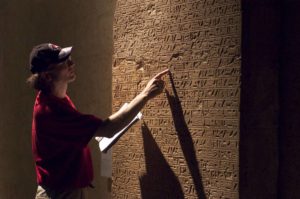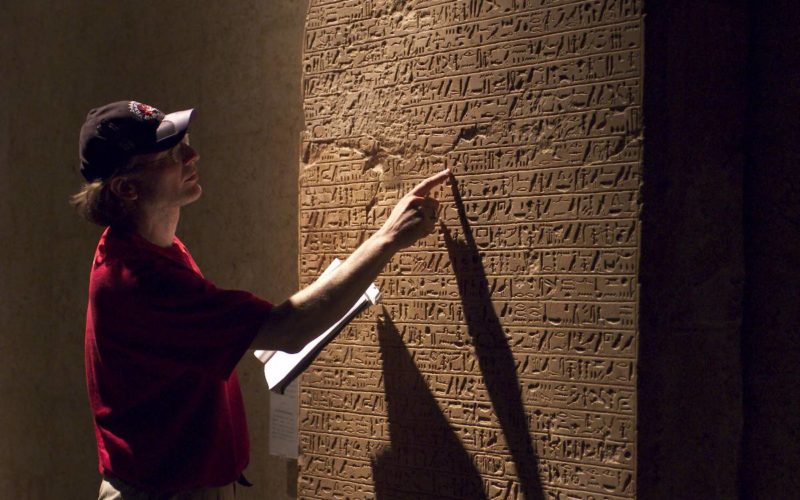NEW FIND STRENGTHENS MY TIMELINE FOR THE BIBLICAL EXODUS
A new discovery in the Delta has confirmed the Biblical tradition of “storing grain” as told in the Book of Genesis (Genesis 41:49) with respect to the patriarch Joseph. In that story, the Torah recounts that Joseph rose to prominence when he averted a famine by storing grain during the years of plenty. Many scholars have placed Joseph’s story during the so called “Hyksos” period of Egyptian history. The “Hyksos” were a foreign people that ruled – like Joseph – lower Egypt for a couple hundred years. For years anti-Semitic scholarship called them “Aryans” because no one could imagine anyone but Aryans ruling the mighty Egyptians. It was only in the 1960’s that scholars acknowledged that there is absolutely no evidence that the people that the Egyptians called “Hyksos” were “Aryans”. They were actually Semites! In fact, the first century Jewish historian Josephus states explicitly that the so called “Hyksos” are the Jewish people.

Egyptologists now know that “Hyksos” means “princes from foreign lands”. In other words, the Egyptians didn’t call any people “Hyksos”, only individuals such as Joseph who became local rulers even though they were foreigners. The people that scholars now call “Hyksos” were called “Amu” or “Amo” by the ancient Egyptians. To this day, the Jewish people are referred to, in the Jewish tradition, as “Amo Israel”. “Amo” means “His people” or “God’s people”. What all this means is that there is much archaeological evidence for the story of the Biblical exodus and the period of the Israelites in Egypt. The Israelites are simply hiding behind the Egyptian hieroglyphic for “Amo”.
In my film “The Exodus Decoded” I argue that the Biblical exodus and the historical event known as the “expulsion of the Hyksos” are one and the same event. In the Torah, the crossing of the Red Sea is identified as taking place at a place called “Migdal” or “Migdol”. “Migdal” means “tower” and has been identified with ancient Egyptian forts guarding Egypt from invaders coming from the east. In my film, I place the crossing of the Red Sea at the site of ancient Lake El Balah which, in Hebrew, means the lake where “God swallowed up”. In that area is the site of the modern excavation of Tel Habuwa where archaeologists have just found evidence of grain storage, a fortress and fighting during the time of the Biblical exodus.
As we are about to celebrate Passover, here is more hard archaeological evidence of the dramatic events that we are about to recall, as we have been doing for the last 3,500 years.
Happy Passover,
Simcha

